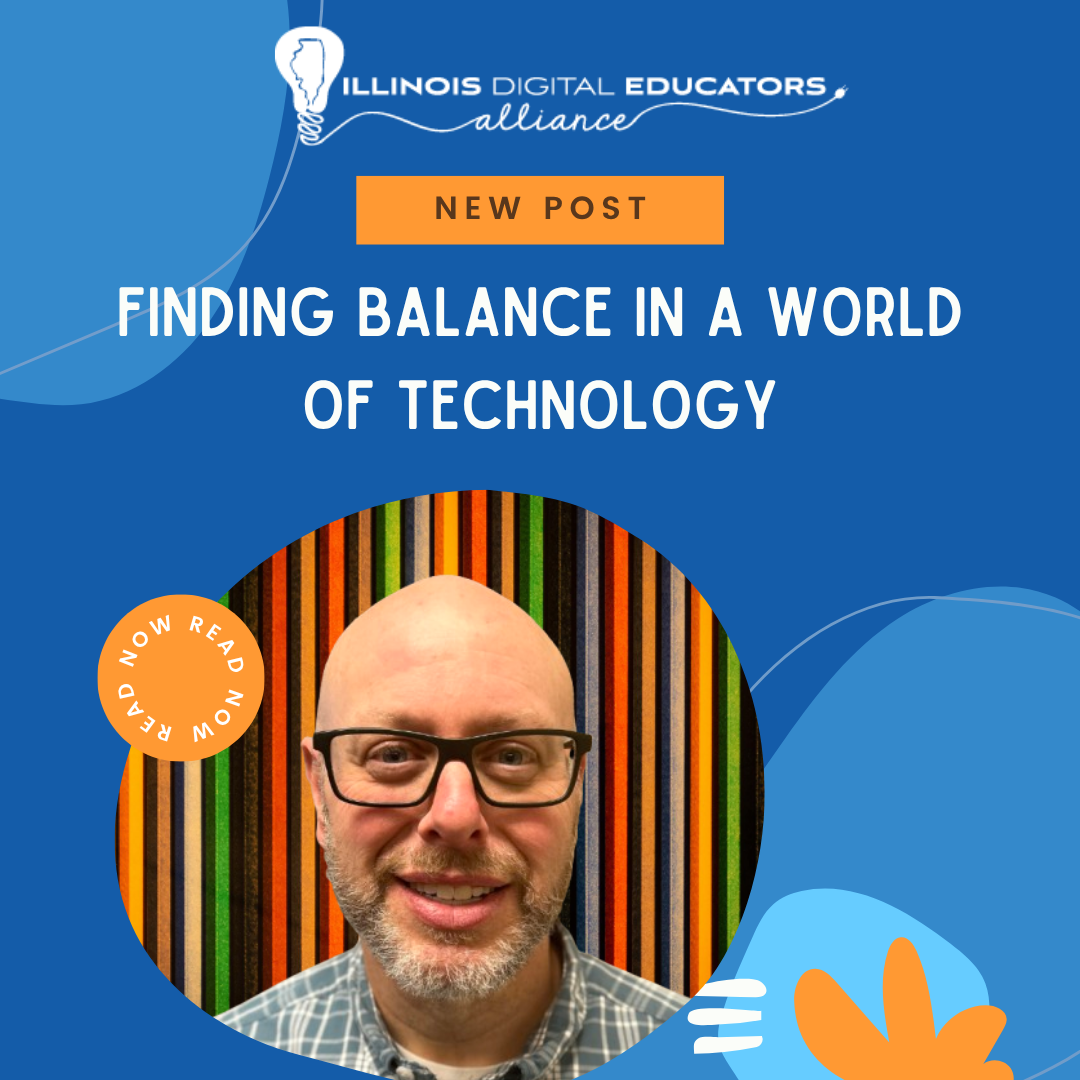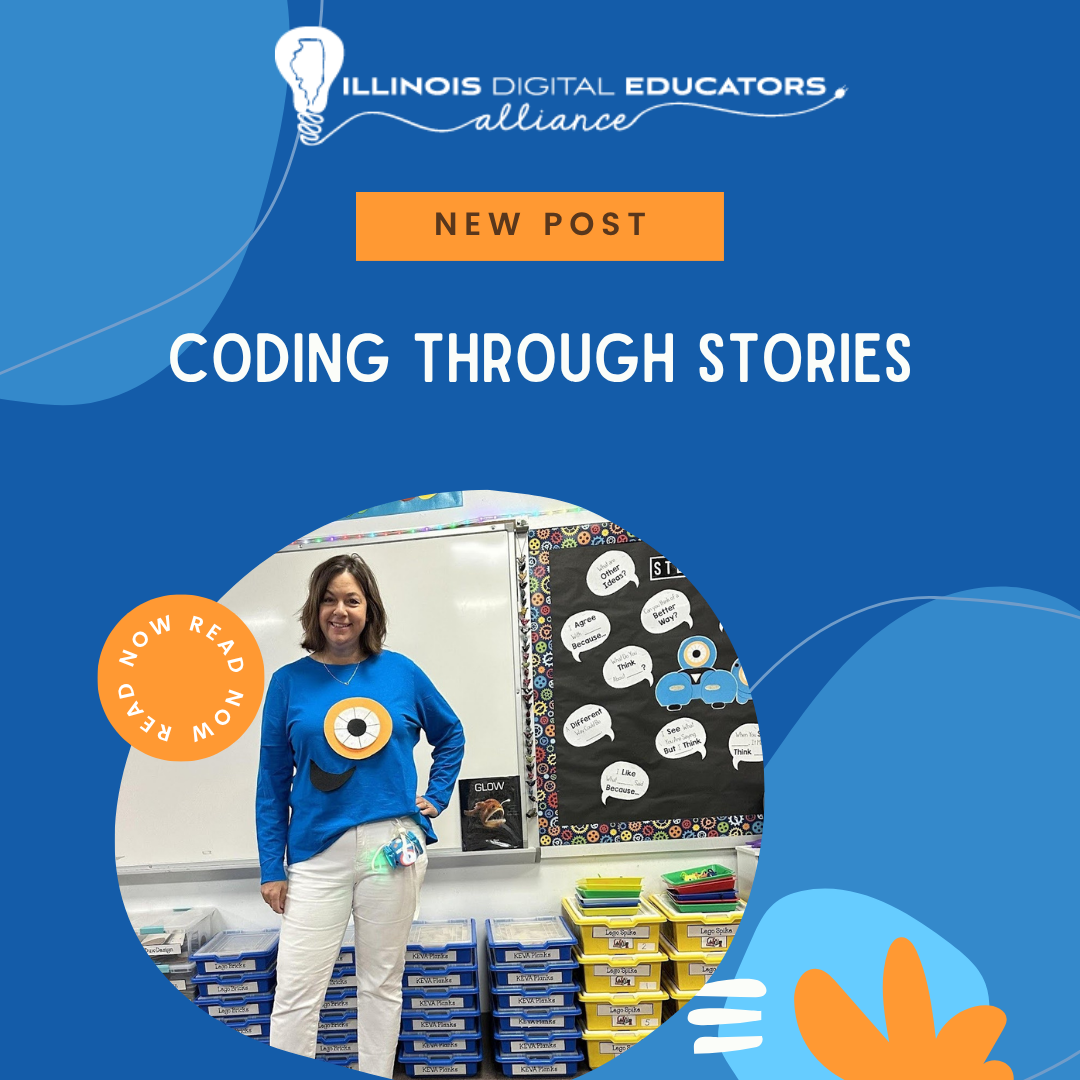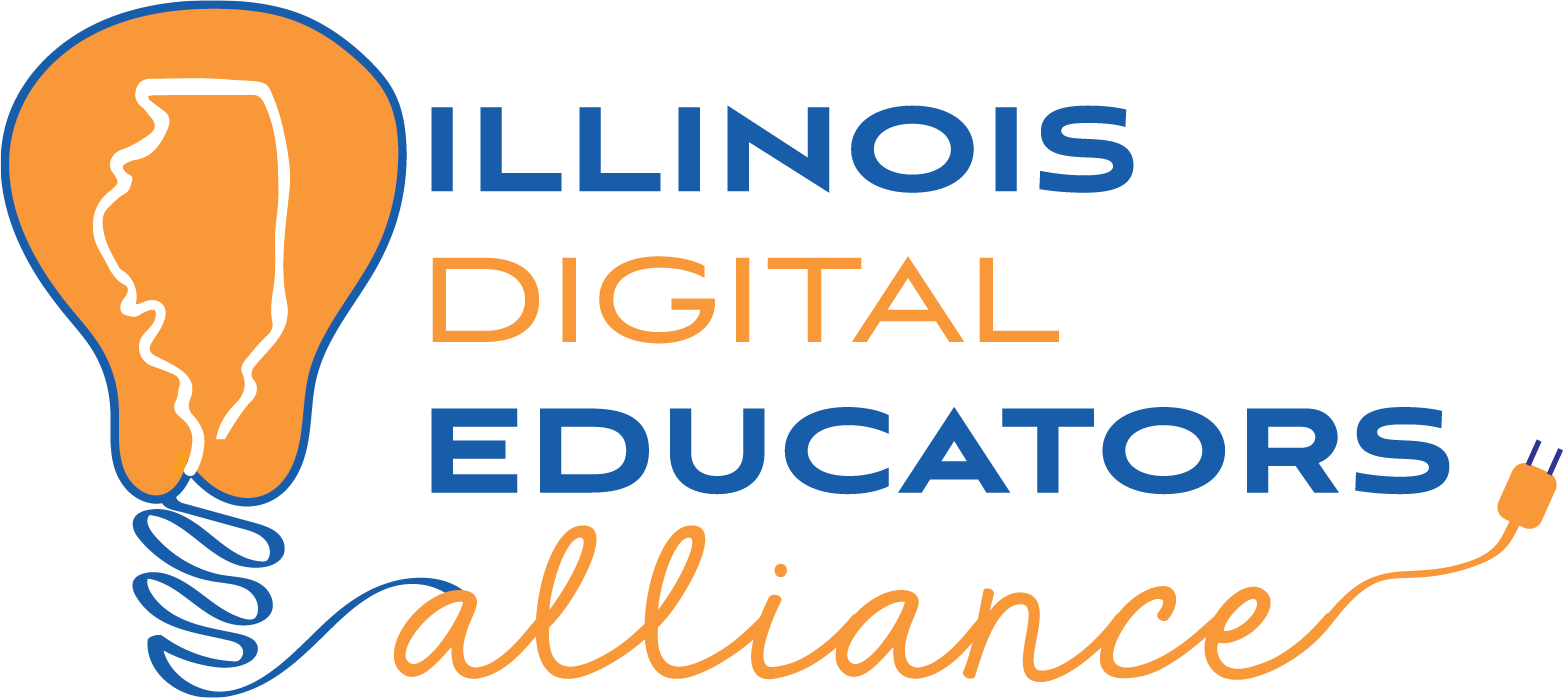Celebrate Digital Citizenship Week in Your Classroom!

What is Digital Citizenship Week?
Common Sense started Digital Citizenship Week as a dedicated time to highlight the importance of helping kids, families, and teachers navigate our 24/7 digital world.
Celebrate this week and beyond!
Digital Citizenship Week calendar of fun activities and resources & Spirit Week Calendars!
What are the benefits of digital citizenship?
Digital Citizenship Week offers numerous benefits by promoting responsible and ethical behavior in the digital realm, educating kids and families about digital literacy and online safety, encouraging digital well-being, and fostering a sense of community and responsibility in the online world. Teaching these lessons has undeniable impact and
proven efficacy.
1. Increase awareness! This event raises awareness about safety, responsibility, and ethics in the digital world. Here's how to keep those benefits rolling all year long:
- Subscribe to our newsletter: Get free teaching resources, plus updates on the latest trends in media, tech, and education.
- Create an account: Access free lessons, activities, and resources for your students and their families. (And note that we take your privacy seriously.)
2. Digital well-being: Our resources help kids to maintain a healthy balance between their online and offline lives.
- Our Digital Well-Being lessons for 6-12 were co-developed with the Center for Digital Thriving at Harvard Graduate School of Education. And our Device Advice lessons for grades K–5 are a great way to help young students build healthy habits with their devices, along with media and tech.
3. AI in the classroom Learn how AI tools work with this foundational self-paced course designed to introduce you to artificial intelligence and the ethical considerations you should keep in mind when integrating this technology into your teaching.
- Teach our AI Literacy Lessons that provide an introduction to AI and help address its social and ethical impacts.
Share your stories on social media: @CommonSenseEd #DigCitWeek

Jennifer Ehehalt
is the Sr. Regional Manager at
Common Sense Education. As a former elementary educator, Jennifer has over 20 years of experience in education. Jennifer designs and delivers high-quality professional development opportunities for educators across the country. She spotlights thought leaders by creating and moderating conversations on timely topics relevant to digital teaching and learning. She holds a bachelor’s degree in elementary education and a master’s degree in educational leadership.




